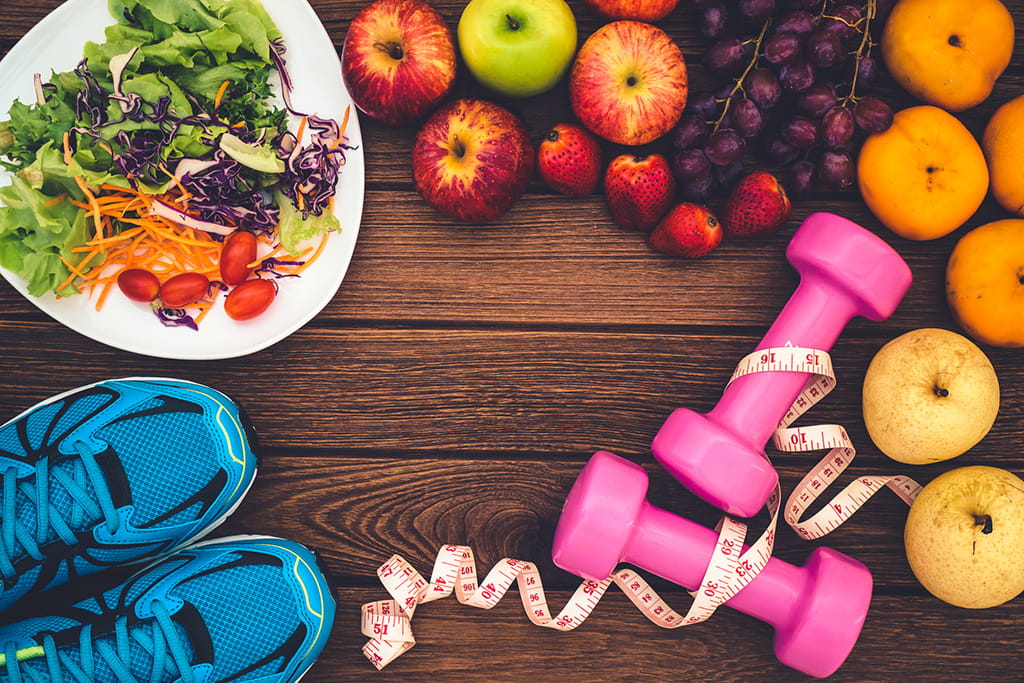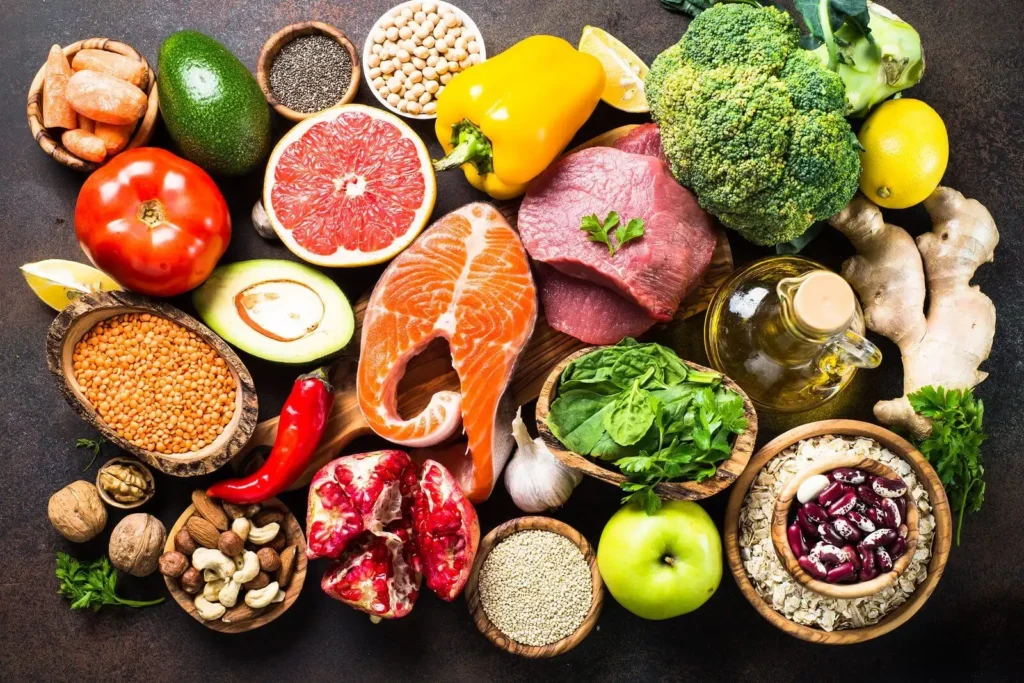Introduction: Why Fat Burning Matters
In the quest for better health and fitness, few topics capture as much attention as fat burning. People want to know how to reduce body fat efficiently, reveal lean muscle, and improve energy levels. Yet, with so much conflicting advice, it’s easy to feel lost. Is cardio the key? Do supplements really work? Can diet alone change your metabolism?
The good news is that decades of research provide clear answers. Understanding how your body burns fat allows you to make smarter choices about food, exercise, and lifestyle. This guide explores the science, strategies, and myths surrounding fat loss, giving you tools to create sustainable results.
What is Fat Burning?
Fat is your body’s stored energy. When you consume fewer calories than you burn, your body taps into these reserves. The process of fat burning occurs when fat cells release fatty acids into the bloodstream, where they are converted into usable energy.
Key factors influencing fat metabolism include:
- Calorie balance – energy in versus energy out.
- Hormones – insulin, leptin, and cortisol affect how fat is stored or released.
- Muscle mass – more muscle means higher calorie burn, even at rest.
- Lifestyle habits – sleep, stress, and activity play critical roles.

The Science Behind Fat Burning
When the body is in a calorie deficit, it first uses glycogen (stored carbohydrates) for energy. Once glycogen stores are depleted, the body shifts to burning fat. Exercise, diet, and daily activity all accelerate this process.
However, fat loss is not simply about cutting calories drastically. Extreme restriction often slows metabolism and causes the body to conserve energy. Instead, effective strategies create a moderate deficit while supporting muscle retention and overall health.
Nutrition for Maximum Fat Burning
Food is the foundation of fat loss. A balanced diet ensures your body has the fuel it needs while encouraging the breakdown of fat stores.
1. Prioritize Protein
Protein supports muscle repair and increases satiety, preventing overeating. It also has a higher thermic effect than fats or carbs, meaning the body burns more calories digesting it.
2. Choose Smart Carbohydrates
Whole grains, vegetables, and fruits provide steady energy without spiking blood sugar. Refined carbs, on the other hand, can cause insulin surges that hinder fat burning.
3. Include Healthy Fats
Ironically, eating good fats helps burn bad ones. Omega-3 fatty acids (found in salmon, chia seeds, walnuts) regulate metabolism and reduce inflammation.
4. Hydration Matters
Water plays a crucial role in metabolizing fat. Dehydration slows energy use and increases cravings, so drinking enough fluids supports weight control.
Best Exercises for Fat Burning
Exercise is one of the most effective tools for fat loss. Different workout styles stimulate the body in unique ways:
High-Intensity Interval Training (HIIT)
HIIT alternates between intense bursts and rest periods, boosting metabolism even after the workout ends (the “afterburn effect”). Studies show HIIT can burn more fat in less time compared to steady cardio.
Strength Training
Lifting weights builds lean muscle, which increases your resting metabolic rate. This makes strength training an essential element of any fat burning plan.
Steady-State Cardio
Running, cycling, or swimming at a moderate pace for longer durations helps burn calories and improves endurance.
Active Lifestyle Habits
Daily choices like walking, climbing stairs, or gardening all add up. These small actions support a higher calorie burn without structured workouts.
Lifestyle Factors That Influence Fat Burning
Beyond diet and exercise, everyday habits can make or break your results.
- Sleep: Inadequate rest disrupts hunger hormones, increases cravings, and reduces workout performance.
- Stress Management: Chronic stress elevates cortisol, promoting fat storage around the abdomen.
- Consistency: The best results come from small, repeated actions over time, not extreme measures.
- Mindset: Viewing fat loss as a long-term lifestyle, not a quick fix, is essential.
Foods That Boost Fat Burning
Certain foods naturally enhance metabolism and fat oxidation:
- Green tea: Contains catechins that increase fat utilization.
- Coffee: Caffeine boosts metabolic rate temporarily.
- Spicy foods: Capsaicin in chili peppers raises calorie burn.
- Lean protein sources: Eggs, chicken, beans, and tofu keep hunger in check.
- Fiber-rich foods: Vegetables and legumes promote satiety with fewer calories.
Myths About Fat Burning
Despite endless information online, myths still persist:
- Spot reduction works – You can’t target fat loss in one body part; the body decides where to burn fat.
- Sweating equals fat loss – Sweating is water loss, not fat burning.
- Carbs prevent fat loss – Quality carbs fuel performance and recovery.
- Supplements alone work – Pills and powders are no replacement for a healthy lifestyle.
Advanced Strategies
Once the basics are in place, advanced methods can optimize fat loss:
- Carb Cycling: Alternating high- and low-carb days to maximize performance and fat burning.
- Intermittent Fasting: Restricting eating windows to encourage fat metabolism.
- Cold Exposure: Cold showers or ice baths may stimulate brown fat, which burns calories.
- NEAT (Non-Exercise Activity Thermogenesis): Increasing daily movement outside the gym significantly impacts calorie expenditure.

Real-Life Success Story
Consider Alex, who struggled with stubborn belly fat despite years of dieting. Once he added strength training, swapped processed snacks for whole foods, and prioritized sleep, he noticed consistent progress. His experience proves that fat burning isn’t about extreme restrictions but about aligning diet, activity, and lifestyle.
Putting It All Together
To build a successful plan, focus on:
- Creating a moderate calorie deficit.
- Eating whole, nutrient-dense foods.
- Combining strength training with cardio.
- Prioritizing recovery, sleep, and stress reduction.
- Staying consistent and patient.
Conclusion
At its core, fat burning is about balance—balancing calories, activity, and lifestyle. Quick fixes may offer short-term results, but sustainable change comes from long-term habits. By focusing on smart nutrition, effective workouts, and healthy living, you create a system where your body naturally sheds excess fat and thrives.
Remember: the journey is not about perfection, but progress. With the right mindset and strategies, fat loss becomes not just achievable but enjoyable.

